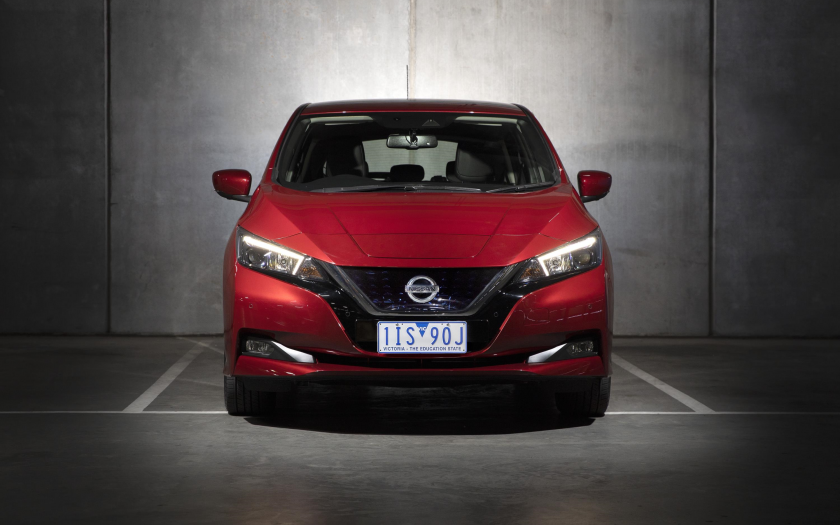THE NEW NISSAN LEAF has arrived in Australia (it seems to have taken forever) and will go on sale nationally from August 1 (but pre-orders are being taken now).
With 89 dealers, Nissan is the largest electric vehicle network in the country.
Priced at $49,990 plus on road costs, the new, zero-tailpipe emission Nissan Leaf embodies Nissan Intelligent Mobility, the company’s approach to changing the way cars are driven, powered and integrated into society. The three key aspects of Nissan Intelligent Mobility exemplified by the new Nissan Leaf are Nissan Intelligent Driving, Nissan Intelligent Power and Nissan Intelligent Integration.
“Nissan is excited to have new Nissan Leaf on sale in Australia,” said Nissan Australia managing director Stephen Lester.
“As the pioneer of electric vehicles globally, the new fully electric Nissan Leaf represents the future of Australian motoring.
“We are expecting to see a spike in EV sales in Australia and Nissan is best placed to look after electric vehicle buyers long after they’ve made their purchase.
“New Nissan Leaf is technologically advanced, contemporary is its design, it enjoys strong driving range and is extremely fun to drive. It’s quite the package.”
Since the previous model Leaf disappeared from the local market, there have been a number of new EVs released, and customer expectations have risen accordingly, especially in relation to range and charging time. The new Nissan Leaf gives intending EV converts another alternative.
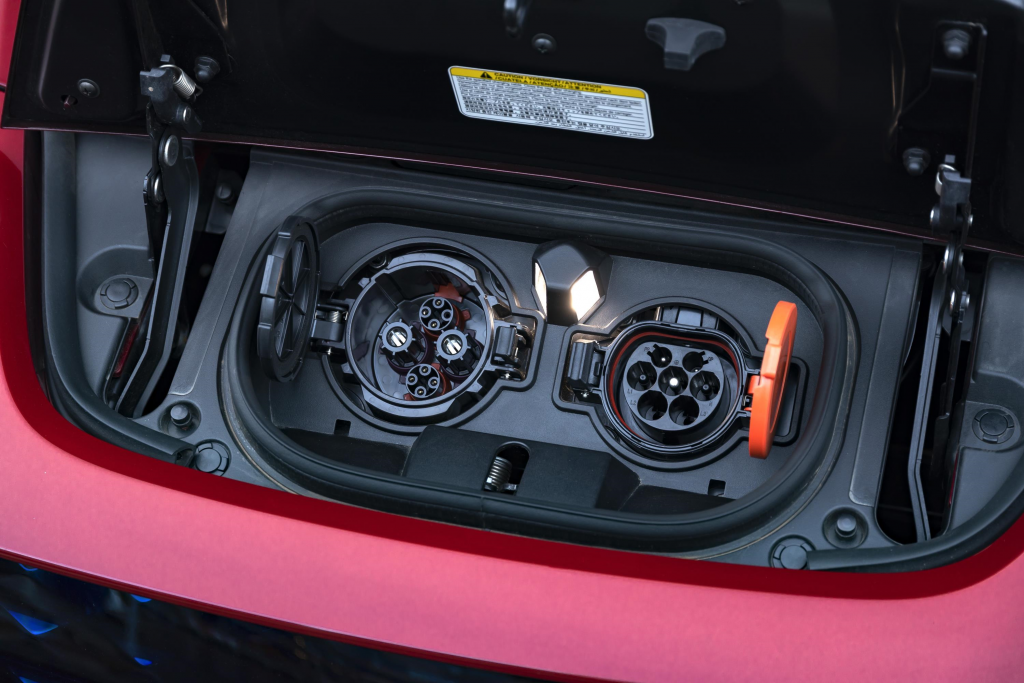
Nissan Intelligent Driving
Available in a single high-spec grade, new Nissan Leaf has a contemporary exterior and interior design. It comes with an 8-inch touchscreen display, 7-inch Advanced Drive Assist Display, satellite navigation, a heated steering wheel, heated front and rear leather-accented seats and space for five.
Nissan Leaf also features Nissan’s clever e-Pedal, sure to appeal to over-50 drivers for its ease of use and simplicity. e-Pedal allows drivers to start, accelerate, decelerate, stop and hold the car by using the accelerator pedal alone without needing to use the brakes. It also features an Auto-Hold function.
The Leaf also scores well when it comes to safety. Awarded a maximum 5-star rating by the Australian New Car Assessment Program (ANCAP), the Nissan Leaf scored an impressive 93 percent in ANCAP’s adult occupant protection test, 85 percent for child occupant protection and 71 percent in the vulnerable road user protection test. It also scored well (70 percent) in the safety assist category thanks to its range of active safety technologies
Backing these results, new Nissan Leaf comes with a variety of advanced safety features including Intelligent Emergency Braking with pedestrian detection, Blind Spot Warning, Rear Cross Traffic Alert, Lane Departure Warning, Intelligent Lane Intervention and Intelligent Forward Collision Warning as standard equipment.
It also features Intelligent Around-View Monitor with Moving Object Detection, Intelligent Cruise Control, Intelligent Driver Alert, front and rear parking sensors, six SRS airbags, Vehicle Dynamic Control with Traction Control System, ISOfix and three top tether child restraint anchor points.
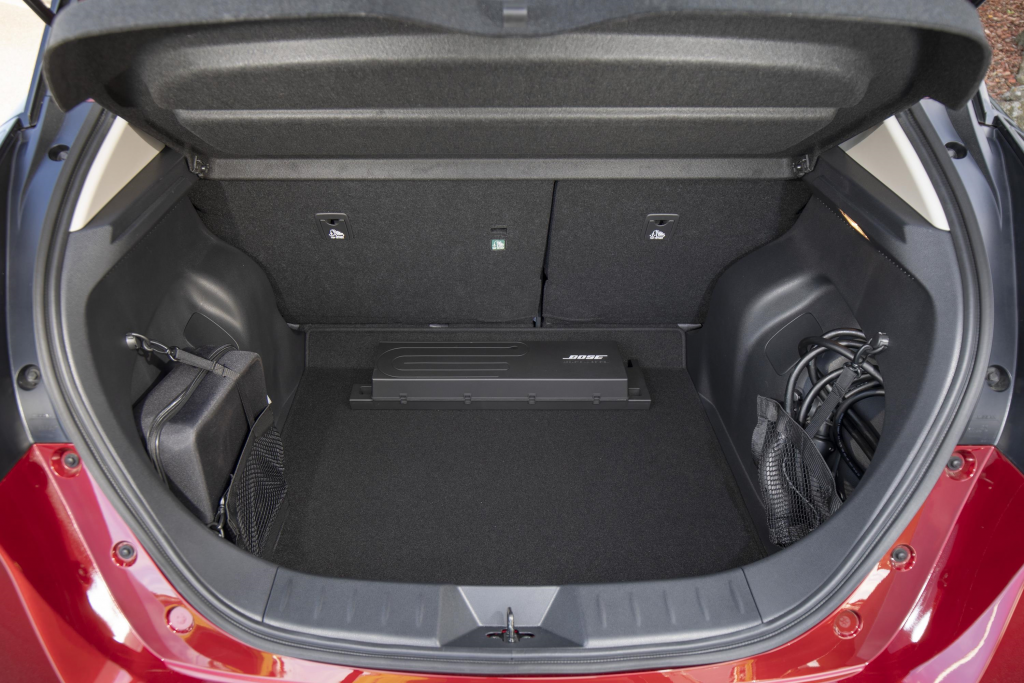
Nissan Intelligent Integration
Integration goes beyond what’s in the car. One of the great advantages of EVs is that they have the potential to become a mobile power source thanks to energy sharing bi-directional charging capabilities. This means that, in future, Nissan Leaf customers in Australia will be able to use the vehicle to share energy stored in its battery with their home, business or even community, and this will increasingly become a factor in the EV purchase decision.
Whilst bi-directional charging is still a relatively new technology in Australia, Nissan is actively working with charging partners both locally and internationally, as well as various stakeholders in the energy, academic, government and business sectors in order to realise the benefit of this technology for Australian consumers.
“Bi-directional charging is potentially the next big advancement in transforming your EV into a more integrated part of your energy system,” said Stephen Lester.
“The good news is the Nissan Leaf sold in Australia is bi-directionally capable from factory and is therefore future-proofed for the next big step within the wider EV ecosystem”.
New Nissan Leaf also includes Apple CarPlay and Android Auto – a first for a Nissan in Australia (a welcome improvement).
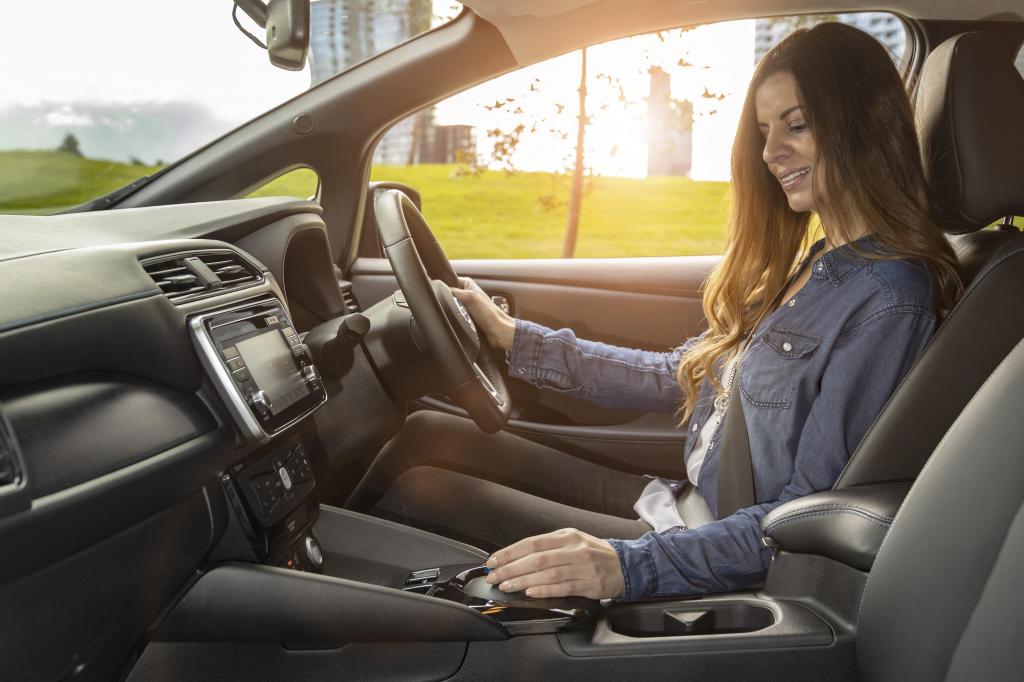
Nissan Intelligent Power
The focal point of Nissan Intelligent Power in the new Nissan Leaf is the e-powertrain. Its powerful 40kWh battery outputs 110kW of power and 320Nm of torque providing instant acceleration, making this new generation of the world’s most popular electric vehicle fun to drive.
Range and Charging
Ensuring range anxiety is reduced considerably, the new Nissan Leaf has a driving range of 315km (NEDC ADR 81/02 combined cycle) and a 270km indicative driving range (European WLTP combined cycle). With most city-based Australians driving a low 38kms a day, Nissan Leaf will satisfy the daily driving needs for the majority of buyers.
While the Leaf can be fully charged within 24 hours using a standard home wall socket, the time drops to 7.5 hours if the household has the latest 7kW home charger. You can also plug your Leaf into a CHAdeMO rapid charger and get from alert to 80 percent charge in around 60 minutes depending on charging conditions.
We at seniordriveraus have mentioned before how disappointed we are to see there will be a range of non-compatible charging stations, adding another layer of complexity to the EV buying decision – yet again, we’re replaying the fiascos that were VHS/Beta, IBM/Mac computer, Apple/Android (and other examples). A similar situation is playing out with potential hydrogen-powered vehicles. The only time to achieve compatibility is early in the development process; yet again, it’s an opportunity missed (or ignored).
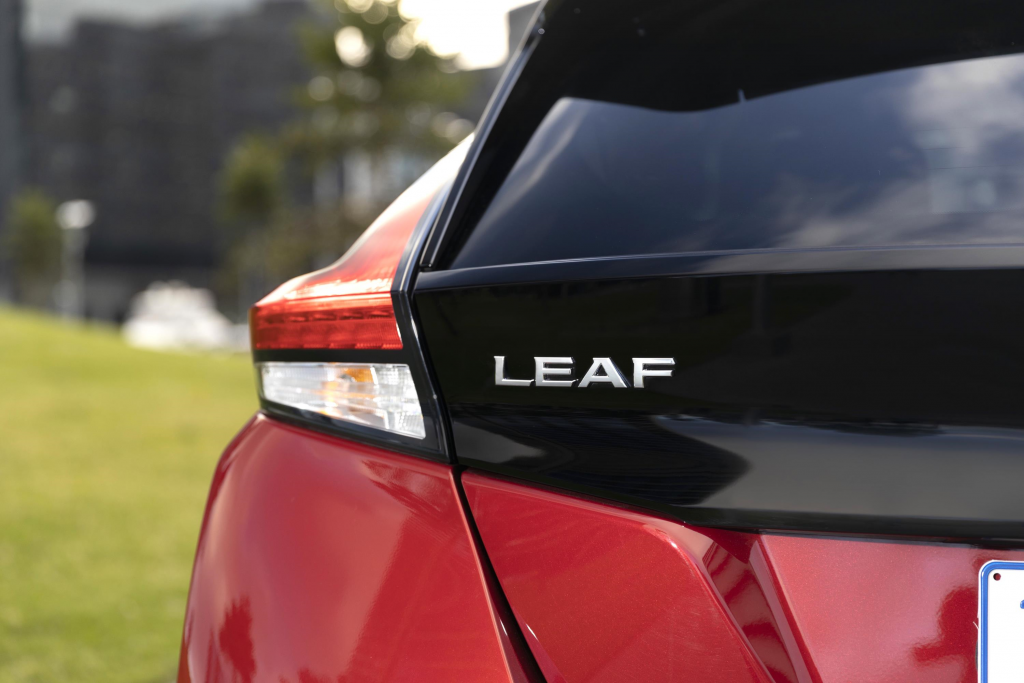
JET Charge & Chargefox
Offering a holistic EV purchase experience, a collaboration with JET Charge will assist customers with all of their home charging infrastructure needs, and via a partnership with Chargefox, Nissan hopes to help increase charging awareness, inspire future use and ready the country for the impending spike in EV sales.
“As a global EV leader, Nissan plays an important role in the development of the wider EV ecosystem, particularly promoting the use of charging infrastructure,” said Stephen Lester.
“By supporting ChargeFox, Australia’s leader in the provision of public charging infrastructure, Nissan will be contributing to the advancement of electric motoring for all Australian drivers and help prepare the market for the future.”
While Chargefox is planning to have over 100 fast DC chargers in place by the end of the year, a national network of 22 ultra-rapid chargers, forming a network connecting Brisbane, Sydney, Canberra, Melbourne and Adelaide is also planned during this time.
Available for pre-sale now and in dealerships from August 1, new Nissan Leaf is available in six colours including Arctic White, Ivory Pearl with black roof, Magnetic Red, Pearl Black, Platinum and Gun Metallic. It was not announced if there is a surcharge for premium paint, but we checked with Nissan and it is $595.
